The new Bob Dylan release fans have waited to hear for nearly half a century
After 43 years, the backstory to Bob Dylan's 'Blood on the Tracks' is out.
Bob Dylan’s best songs have always stimulated an impulse in listeners to want more of him, a magnetic need to penetrate the songs themselves and to figure out the enigmatic artist within.
In the late 1960s, sketchy Greenwich Village hippies would snatch Dylan's garbage cans and parse his trash for anything with words on it.
The first time that Paul Simon met Dylan, he was invited over to the singer’s house, where he followed Dylan around “picking up every loose scrap of paper he could find -- anything with words on it -- and stuffing them in his pockets,” singer Melissa Manchester told an interviewer in 1975.
“He said he was dying to find out how Dylan did it.”
Naturally, Dylan grew fiercely resistant to demands for more of himself than his songs, and at times he went to great lengths to get people to just leave him alone. No rock star has ever tried so hard to un-ring the bell of fame.
“I’m not the songs,” he told Newsweek in 1997. “It’s like somebody expecting Shakespeare to be Hamlet, or Goethe to be Faust."
“If you’re not prepared for fame, there’s really no way you can imagine what a crippling thing it can be,” Dylan said.
Yet nowhere in Dylan’s expansive back catalog has he seemed so nakedly honest -- and nowhere have fans felt closer to grasping the true heart of the ‘real’ Bob Dylan -- than the release of his searing, 1975 masterpiece, "Blood on the Tracks.”
One of Rolling Stone magazine's top 20 greatest albums in rock history, "Blood on the Tracks" charts the emotional spectrum of a romance on the rocks, elevating the intimacies of a love affair into piercing pop poetry.
He said he was dying to find out how Dylan did it.
Raw, intimate and poignant, the album debuted a bounty of durable Dylan classics -- from "Tangled Up in Blue," "Simple Twist of Fate" and "Shelter From the Storm" to "Idiot Wind," "You’re a Big Girl Now" and "If You See Her, Say Hello."
These are some of the indelible Dylan compositions that the Nobel Prize in Literature committee must have contemplated when they anointed Dylan rock's lone Nobel laureate in 2016.
'More Blood, More Tracks'
So this month’s release of the entire existing archive of studio outtakes and unreleased versions of songs from "Blood on the Tracks" has generated some feverish anticipation among his fans.
The new, 87-track, six-CD boxed set, "More Blood, More Tracks" -- and it’s more affordable, 11-song, best-of CD -- was worth the 43-year wait.
Some of the newly-released tracks are even more bracing than the tracks from the original album. Dylan has never sounded so exquisitely wounded, or so sincere in his vulnerability as he does in some of the best takes from “More Blood, More Tracks.”
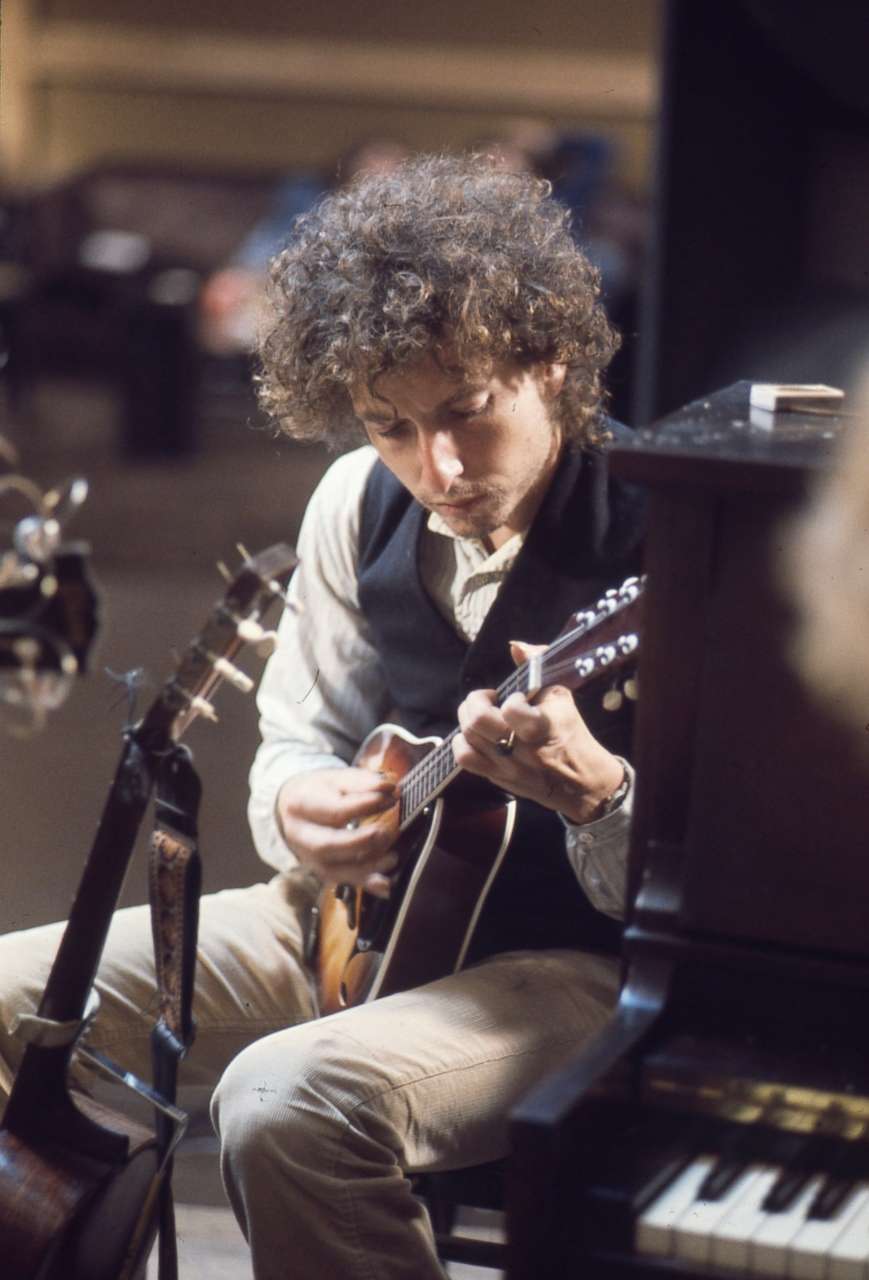
I’m not the songs. It’s like somebody expecting Shakespeare to be Hamlet, or Goethe to be Faust. If you’re not prepared for fame, there’s really no way you can imagine what a crippling thing it can be.
When "Blood on the Tracks" was released, it seemed to distill the fractured spirit of a battered nation.
In the summer of 1974, the country was in turmoil and Dylan’s marriage was a wreck.
The Watergate saga was grinding towards the August resignation of President Richard Nixon, and a nasty economic recession was dragging everything down.
The baby boomer idealism of the 1960s had given way to the rougher realities of adulthood, as many fans who were in their 20s during Dylan's mid-1960s heyday had grown up, married, and often divorced.
Consciously or not, "Blood on the Tracks" tapped into a pervasive sense of rootlessness and confusion among a generation lost in space, to quote a phrase.
'When I paint my masterpiece'
What makes Dylan’s studio process so compelling is the rigorous factory-testing that he puts his songs through before deciding which one to release.
By sampling a spectrum of styles, tempos and keys of a given song before deciding which is right, his sessions generate strikingly different takes, and at times whole songs that were never released.
The studio sessions let you reverse-engineer songs from the album versions backwards to their initial solo acoustic performances, and everything in between.
“Blood on the Tracks” was recorded over six days in two states with three different bands, but the box set’s true treasure trove lies in the first two discs, especially the first -- where Dylan plays the songs alone on an acoustic guitar and harmonica in Columbia Records’ legendary "Studio A" in New York City, the same room where he had recorded "Like a Rolling Stone" a decade earlier.
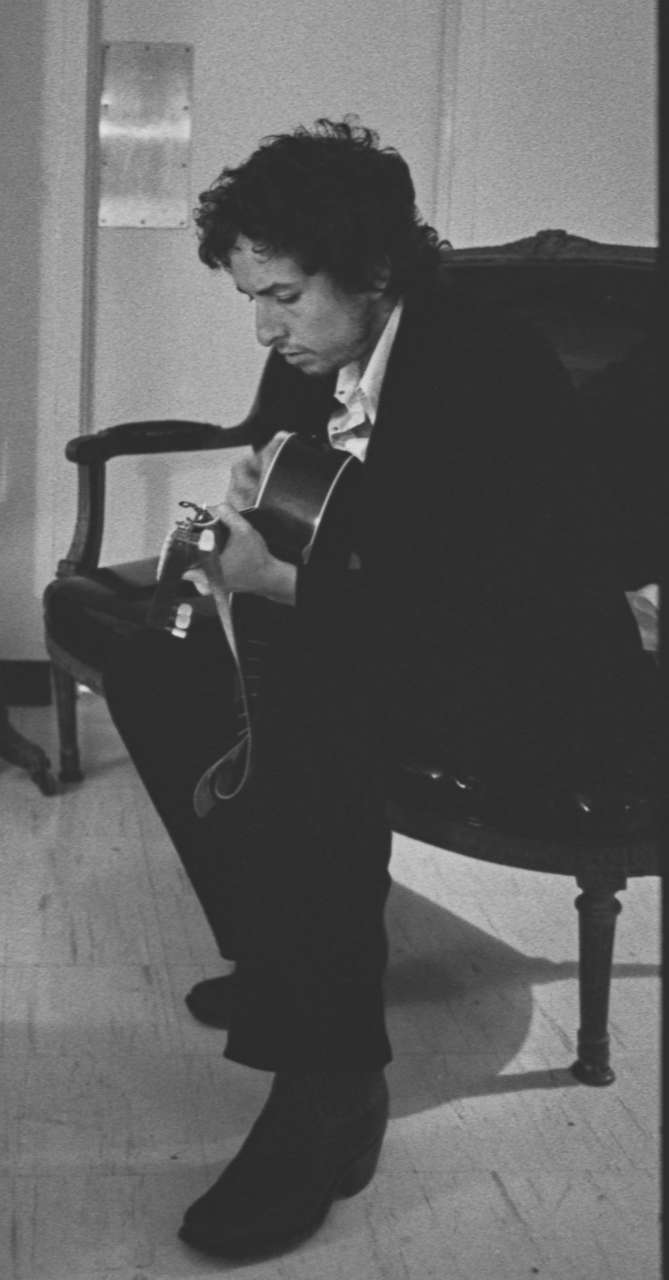
Stripped of a backing band, the New York sessions’ solo tracks capture a startling, visceral humility in Dylan’s voice that is only hinted at in the original album recordings -- and a rage in some of his initial lyrics and deliveries so caustic that he ultimately rewrote some lines, seemingly to soften some of the blows before releasing the album.
The fragile intimacy with which Dylan delivers some of his most moving takes on "More Blood, More Tracks" is owed in part to his decision to record the New York session songs in open-E tuning, lending the songs a poignancy that was largely lost in subsequent takes in Minnesota.
In the 1970s, it was common to slightly speed up a track, by just a few seconds in total, to give the song a little more hustle for radio play. The recordings on the new release remove that effect, allowing listeners to hear the songs precisely as they were recorded.
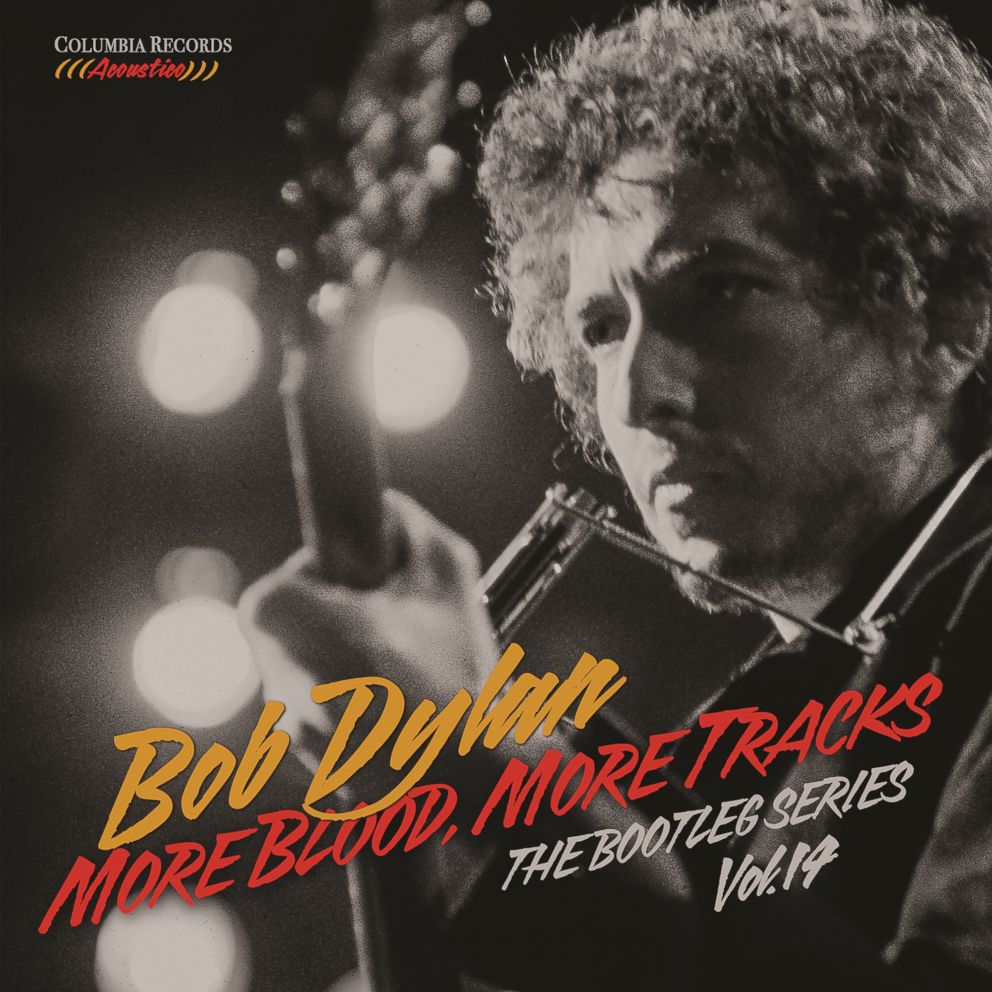
The raw New York session tapes conjure up a spooky sonic ambience that would resurface decades later on “Time Out of Mind,” 1997’s Grammy-winning Album of the Year. The new release, from Columbia Records/Legacy Recordings, also captures some of the most stunning harmonica solos Dylan has ever laid down on tape.
“More Blood, More Tracks” makes clear that Dylan’s original intent had been to release the acoustic, solo New York session recordings as a finished album.
Dylan submitted those acetates to Columbia Records in the fall for a planned Christmas Day 1974 release.
And then, on Christmas Eve, the 33-year-old artist phoned his record company to insist that they literally stop the presses and halt plans for the following day’s release.
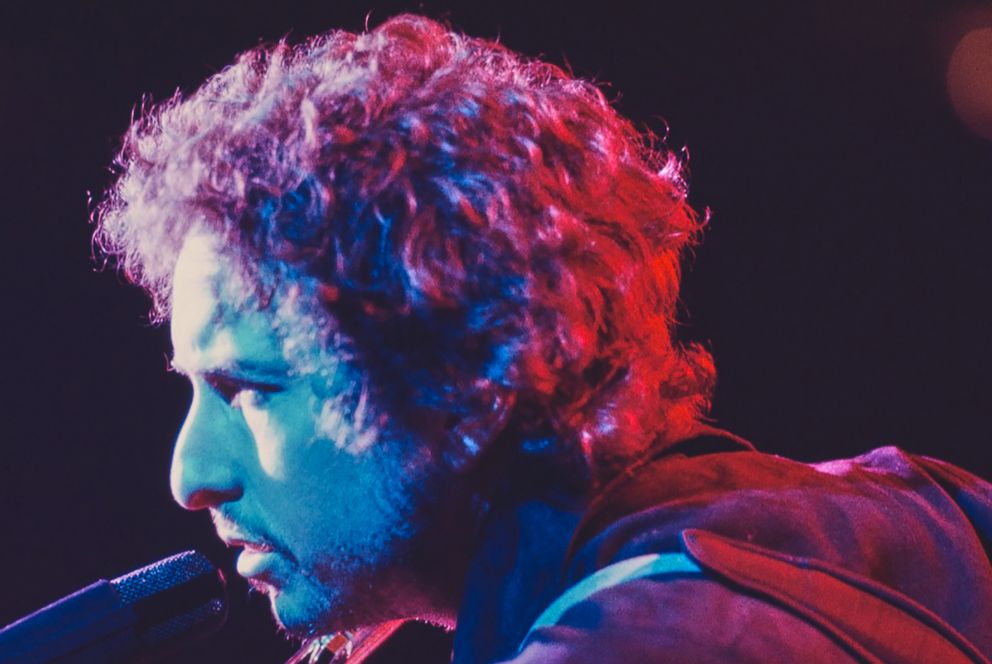
Two days of subsequent, late December recording sessions with a full pickup band in Minnesota produced half of the 10 songs on "Blood on the Tracks."
The other half were culled from the four days of New York sessions and further produced before release.
The new box set lays out the takes in the order that they were recorded, bringing the listener right into the studio to hear the making of “Blood on the Tracks” from start to finish.
'Lethal' takes
The box set is not for everybody. There are nine straight takes of “You’re Gonna Make Me Lonesome When You Go” on the second disc.
But for the faithful, there are curious new insights throughout. Mick Jagger turns up in the studio one day and can be heard suggesting that Dylan try a slide guitar on “Meet Me in the Morning.”
There’s a funky, drum-driven acoustic slow blues take on "You’re Gonna Make Me Lonesome When You Go." There’s a nice alternate verse on "Meet Me in the Morning," among other songs, and a harmonica solo on "You’re a Big Girl Now" that is chilling.
"There is a sort of delicate filigree that he does on the harmonica that reminds me of the '66 live performances in the UK where he goes on these lengthy but comparably dreamlike solos," veteran Dylan scholar Michael Gray, author of the "Bob Dylan Encyclopedia," told ABC News.
Gray said he considers some of the original New York recordings to be even more true to their roots than their counterpart album versions.
“With ‘Idiot Wind,’ for example, the quiet New York version is sort of more lethal," he explained.
“It’s really more embittered and angry –- to the extent that one of the elements, a sense of strong resentment -- is [delivered] much more authentically on the New York tapes,” said Gray, who published the first critical study of Dylan’s work in 1972’s “Song and Dance Man: The Art of Bob Dylan.”
“In Minnesota, he basically shies away from the nakedness of it, and substitutes a more declamatory anger, a more superficial and more obvious surface anger, and I think that’s a retreat from the more intimately-delivered tracks,” Gray added.
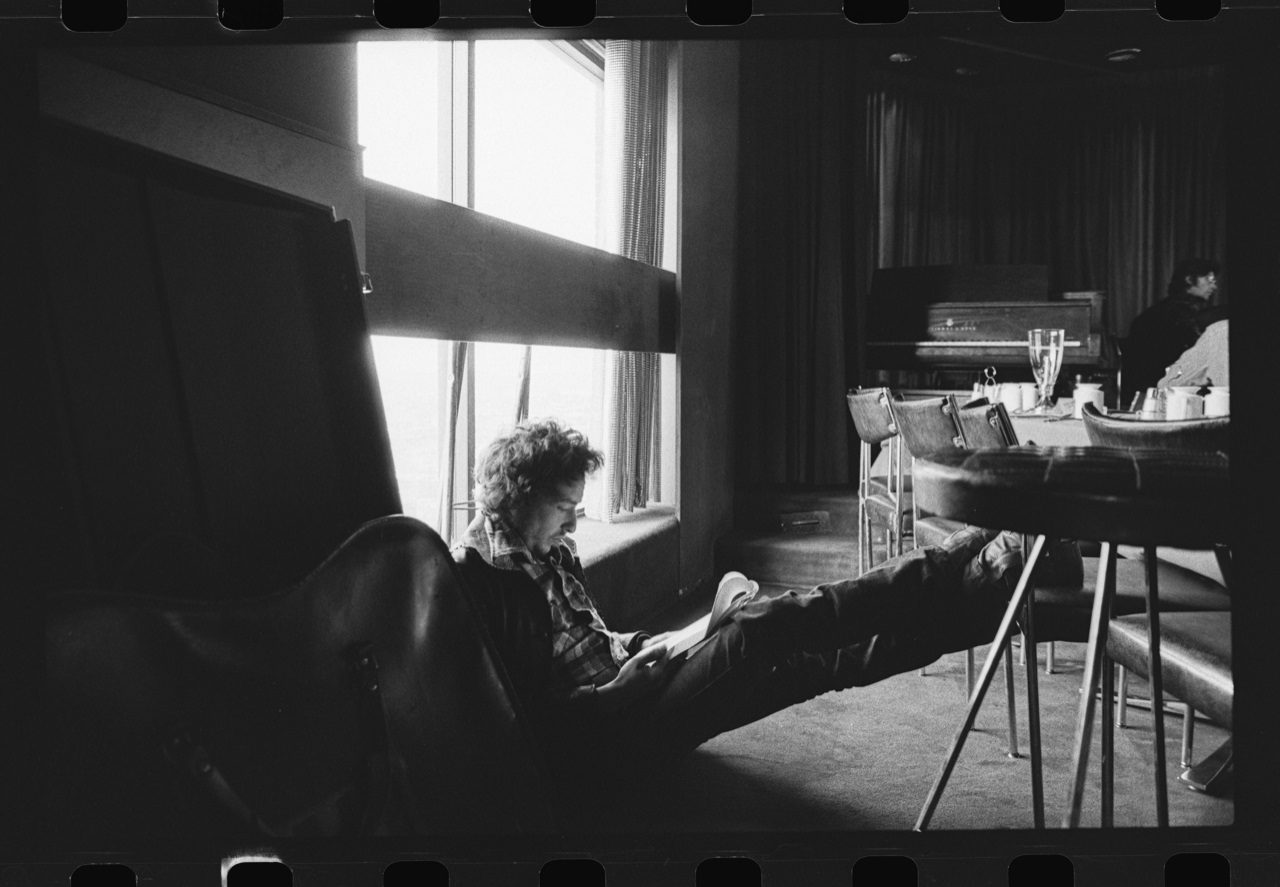
What’s it all about?
For people obsessed with Bob Dylan, there’s great sport in speculating about the identity of the woman or the event that might have inspired one of his love songs. Fans cull clues from songs, from books, from comments Dylan has made in interviews, even from people he’s been seen with -- or without. More than one woman has come forward over the years to claim she was the inspiration for a Dylan song.
Most serious Dylan scholars abhor the practice of demanding journalistic precision of artistic expression.
They argue persuasively that the malleable nature of the art that Dylan creates is what matters -- not what the singer meant when he wrote it, but what listeners feel when they hear it, and what it means to them.
It’s that interplay between the singer and the listener that breathes life into these songs, transforms them from a recorded event that happened once in the distant past to a living thing that springs to life every time a listener internalizes a Dylan song.
In this school of thought, which counts Dylan himself among its adherents, efforts to puzzle out whom or what the artist was thinking about when he wrote the song’s lyrics shrink the experience.
They surrender the role that a listener can play as an active participant in the song -- lying in their own beds, wondering whether their own ex's “hair is still red,” whether they told themselves that they didn't care, or that they'd "never gotten used to it, they just learned to turn it off."
To pin Dylan's songs down this way is to give up the chance to live inside them, to make them your own and to imagine for a moment they were written for you -- or that you, somehow, wrote them yourself (nobody admits it, everybody does it).
The songs on "Blood on the Tracks" sound ancient and prophetic, timeless and immediate, and remains as potent 43 years later as they were in 1975.
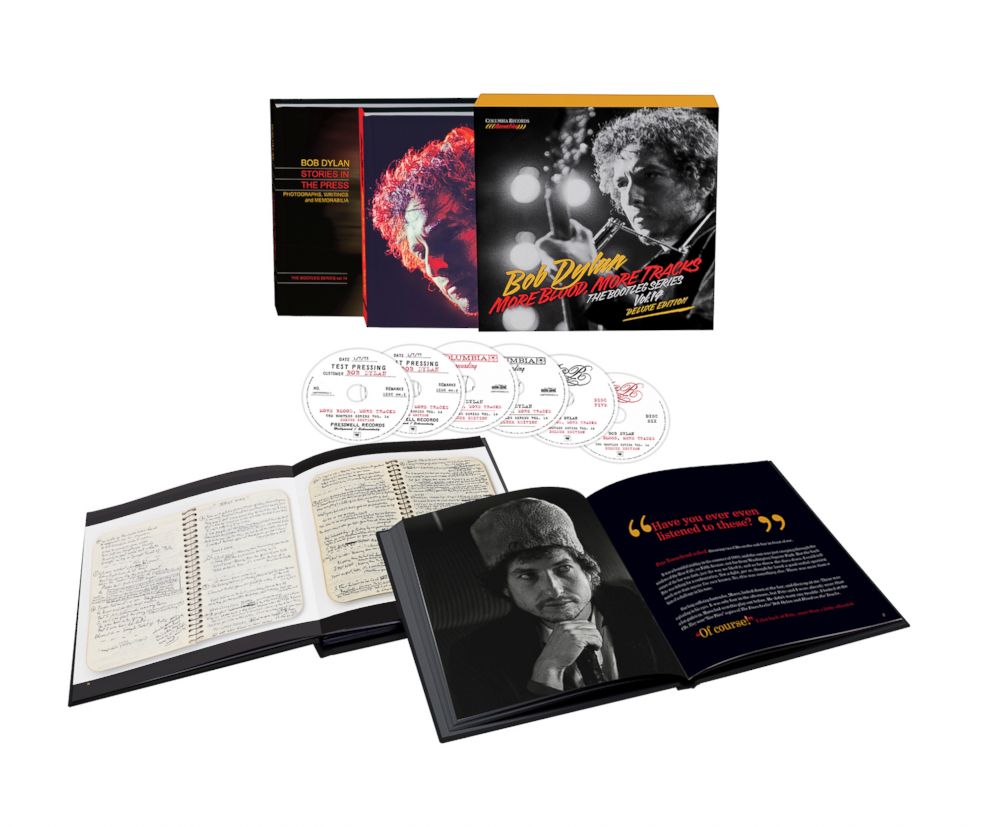
Yet that magnetic need to know how he wrote this extraordinary medley of songs remains. It’s less nosy gossip than curiosity, more love than theft.
Codes and clues
The making of the 1975 album tracks closely to the breakup, separation and eventual divorce between Dylan and his wife of nine years, Sara -- and doubtlessly draws at least some inspiration from that devastating experience.
One of the couple’s sons, Wallflowers front man Jakob Dylan, once said that “Blood on the Tracks” sounded to him like “my parents talking.”
For her part, Sara Dylan remains perhaps the only primary player in Bob Dylan's adult life who has never spoken to the press or in any public forum about her relationship with him.
With ‘Idiot Wind,’ for example, the quiet New York version is sort of more lethal.
The year it was released, Dylan himself seemed to take some emotional ownership of the material when he suggested in a radio interview with fellow musician Mary Travers that the songs from the album hit very close to home for him.
“A lot of people tell me they enjoy the album,” he said. “It’s hard for me to relate to that …[to] people enjoying that type of pain, you know?”
Yet over the years, Dylan has said a lot of different things about "Blood on the Tracks."
In his post-modern, magpie memoir "Chronicles: Vol. 1" he suggests that the album was inspired by a series of short stories by the Russian playwright Anton Chekhov.
One time at a concert, he introduced the album's opening track, "Tangled Up in Blue" as having taken him "10 years to live and two years to write."
Elsewhere, he has said that there are "codes" embedded in the lyrics on "Blood on the Tracks" (in fact, there are) and some of his other work.
It’s no wonder people wonder about the genesis of these songs.
Was "Simple Twist of Fate" -- originally titled "Fourth Street Affair" – inspired by Suze Rotolo, the early 1960s girlfriend he lived with at 161 West 4th Street in New York's Greenwich Village?
Did "You're Gonna Make Me Lonesome When You Go" draw its youthful exuberance from Dylan's in-full-bloom affair with a record executive girlfriend who was spending time with him in Minnesota while he wrote some of the songs for the album? (She says yes.)
What could have sparked such wild rage in "Idiot Wind," whose verses were repeatedly re-calibrated over the course of the recording process?
Was the song title "Tangled Up in Blue" a subtle homage to Joni Mitchell's game-changing folk album, "Blue?"
Does any of it even matter? Probably not.
But it's compelling and well-intentioned and that's why people do it.
The scholars are right, though: trying to sleuth out one inspiration or another for some Dylan song is a distraction from what can in the best circumstances be a profound experience of internalizing these timeless tracks and making them yours, even just for a few minutes somewhere.




